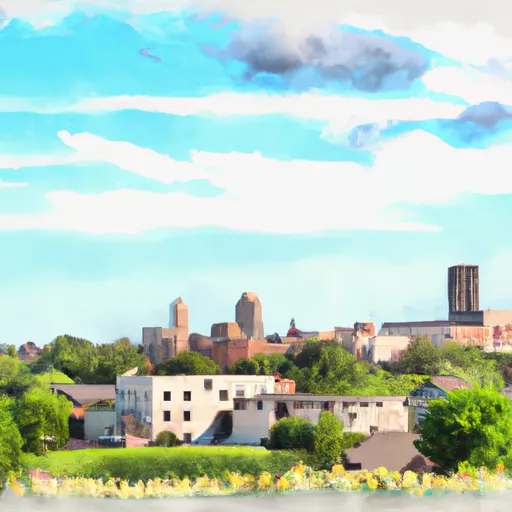°F
°F
mph
Windspeed
%
Humidity











Swaledale, Iowa is a small town located in Cerro Gordo County. The climate in this region is characterized by cold winters and warm summers. Average temperatures range from 15°F (-9°C) in winter to 85°F (29°C) in summer. Precipitation is evenly distributed throughout the year, with an average of 38 inches annually.
Swaledale is situated near the East Fork of the Des Moines River, providing important hydrological features to the area. The river contributes to the hydrology constituents of Swaledale, including streamflow, groundwater recharge, and water quality.
Despite its small size, Swaledale offers several outdoor recreational opportunities. The nearby river allows for activities such as fishing, canoeing, and kayaking. The surrounding landscape provides opportunities for hiking, bird-watching, and nature photography. Swaledale also has multiple parks and green spaces, offering picnic areas and playgrounds for families to enjoy.
In conclusion, Swaledale, Iowa experiences a typical Midwestern climate with cold winters and warm summers. Its proximity to the East Fork of the Des Moines River provides valuable hydrological features, while outdoor enthusiasts can enjoy activities such as fishing, canoeing, hiking, and more in the area.
Weather Forecast
Swaledale receives approximately 873mm of rain per year, with humidity levels near 81% and air temperatures averaging around 8°C. Swaledale has a plant hardyness factor of 5, meaning plants and agriculture in this region thrive during a short period during spring and early summer. Most plants will die off during the colder winter months.
Regional Streamflow Levels
14
Cubic Feet Per Second
8
Cubic Feet Per Second
63
Cubic Feet Per Second
100
Cubic Feet Per Second
Nearby Camping
| Camping Area | Reservations | Toilets | Showers |
|---|---|---|---|
| Sakatah Lake State Park | |||
| Isanti County Fairgrounds | |||
| Carrollton City Park | |||
| Van Meter State Park | |||
| Ashton Wildwood Park | |||
| Bogard City Park |



